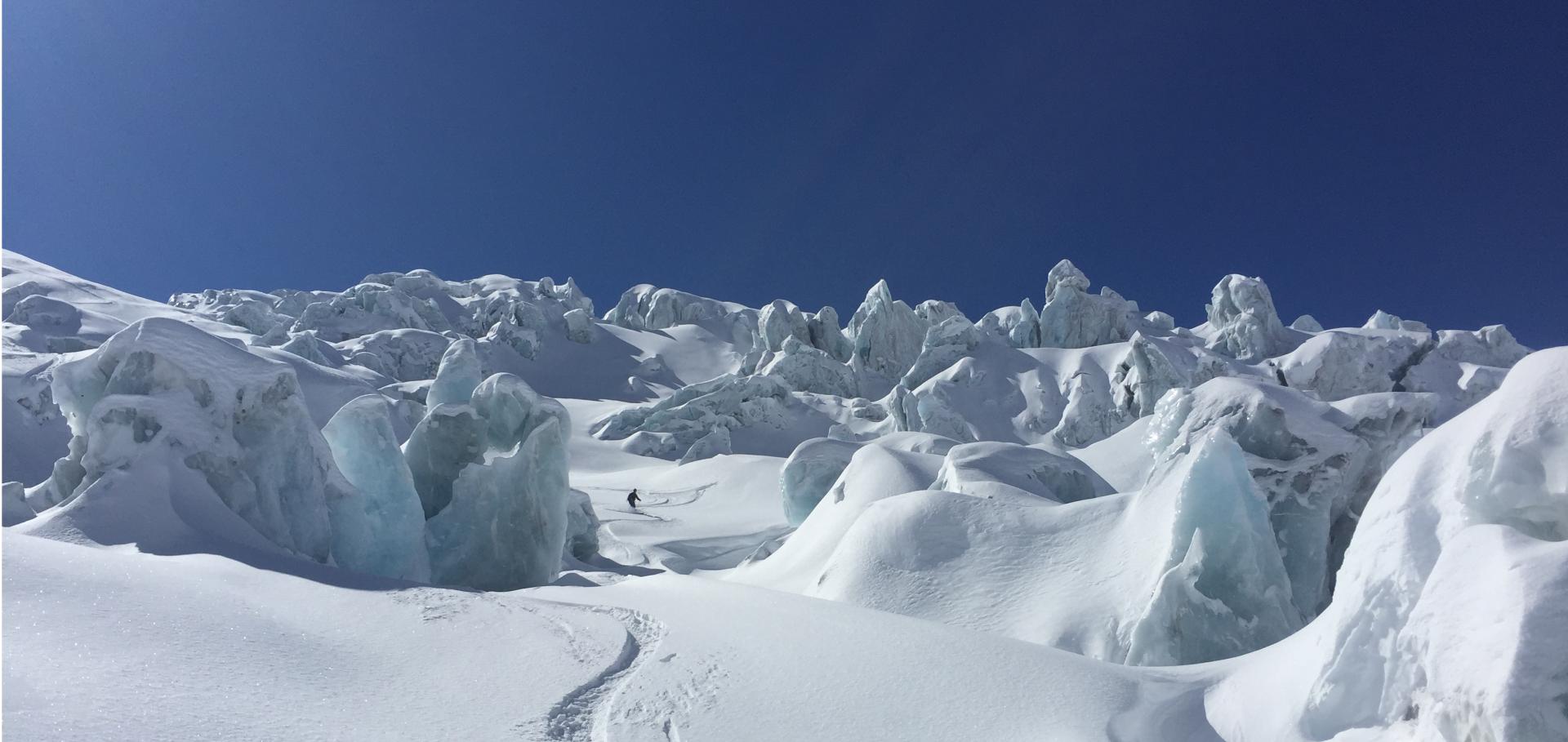Observation of the Fulde-Ferrell-Larkin-Ovchinnikov state in the quasi-two-dimensional organic superconductor $\kappa$-(BEDT-TTF)$_2$Cu(NCS)$_2$
(2001)
Thermal activation between Landau levels in the organic superconductor $\beta''$-(BEDT-TTF)$_{2}$SF$_{5}$CH$_{2}$CF$_{2}$SO$_{3}$
(2001)
Test for interlayer coherence in a quasi-two-dimensional superconductor
(2001)
A quantum-mechanical model of quasi-one-dimensional conductors
SYNTHETIC MET 120:1-3 (2001) 1009-1010
Abstract:
We present a model of a quasi-one-dimensional (Q1D) conductor with weak dispersion in the direction perpendicular to the chains in a magnetic field. Finite-energy electric dipole transitions between the eigenstates of the system constitute Fermi-surface traversal resonance, a Q1D analogue of cyclotron resonance. We extend the model to describe a (TMTSF)(2)X-like material, with dispersion in two directions perpendicular to the chains, and find that for certain orientations of the magnetic field large degeneracies occur between the magnetic-field induced states. These are angles at which maxima are observed experimentally in the d.c. conductivity, and thus we explain one class of angle-dependent magnetoresistance oscillations (AMRO) in terms of zero-energy electric dipole transitions between magnetic-field induced states.Interplane corrugations in the quasi-one-dimensional Fermi surface sections of kappa-(BEDT-TTF)(2)Cu(SCN)(2)
SYNTHETIC MET 120:1-3 (2001) 953-954


